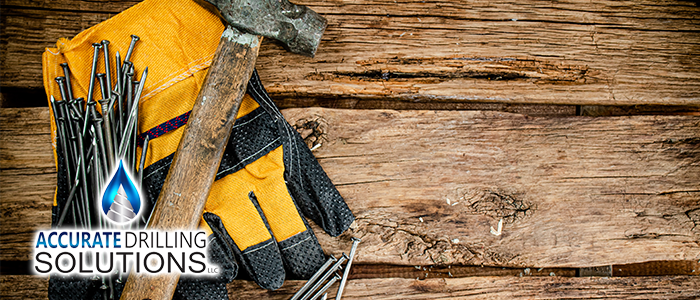
Choosing the Right Well-Drilling Method for Your Needs
When it comes to drilling a well, there are various methods available, each with its own set of pros and cons. The type of drilling method used depends on various factors, such as the soil conditions, the intended use of the well, and the budget. In this blog post, we will discuss the different well-drilling methods and their advantages and disadvantages so that you can make an informed decision when selecting the right method for your needs.
Rotary Drilling Method
The rotary drilling method involves the use of a drill bit that rotates and cuts through the soil. The drill bit is attached to a drill string that is rotated by a machine. This method is suitable for drilling deep wells and can penetrate through rocks. The rotary drilling method is fast and efficient, making it a popular choice for commercial and industrial applications. However, it can be costly and noisy, and it produces a lot of debris.
Percussion Drilling Method
The percussion drilling method involves the use of a chisel-like tool that pounds its way through the soil. The tool is attached to a cable that is raised and dropped repeatedly, creating a hole. This well-drilling method is suitable for shallow wells and is less expensive than the rotary drilling method. The percussion drilling method is also less noisy and produces less debris. However, it is not suitable for drilling through hard rock and can take longer to complete.
Auger Drilling Method
The auger drilling method uses a helical screw to dig into the soil and create a hole. This method is suitable for drilling shallow wells and is often used for environmental sampling. Auger drilling is less expensive and produces less noise and debris than the rotary drilling method. However, it can be slower and is not suitable for drilling through rocks.
Cable Tool Drilling Method
The cable tool drilling method involves the use of a drill bit that is raised and dropped repeatedly to create a hole. This well-drilling method has been used for centuries and is still popular in some areas. Cable tool drilling is suitable for all types of soils and can be used for both shallow and deep wells. This method is less expensive than rotary drilling and produces less debris. However, it can be slow and noisy and requires a lot of physical labor.
Conclusion
Choosing the right well-drilling method is important to ensure that your well is efficient and cost-effective. The rotary drilling method is perfect for deep wells, while the percussion drilling method is best suited for shallow wells. The auger drilling method is suitable for environmental sampling, and the cable tool drilling method is flexible and can be used for all types of wells.
At Accurate Drilling Solutions, we assure you of our commitment to providing the best drilling solutions for both residential and commercial needs. Our team of experts will help you identify the most appropriate method for your specific project, ensuring efficiency, cost-effectiveness, and longevity.
continue reading
Related Posts
Wesley Chapel’s Guide to Commercial Pump Installation For businesses and
Lakewood Ranch: Modern Well Systems for New Developments As new
Spring Hill Property Managers’ Guide to Well Maintenance For property





